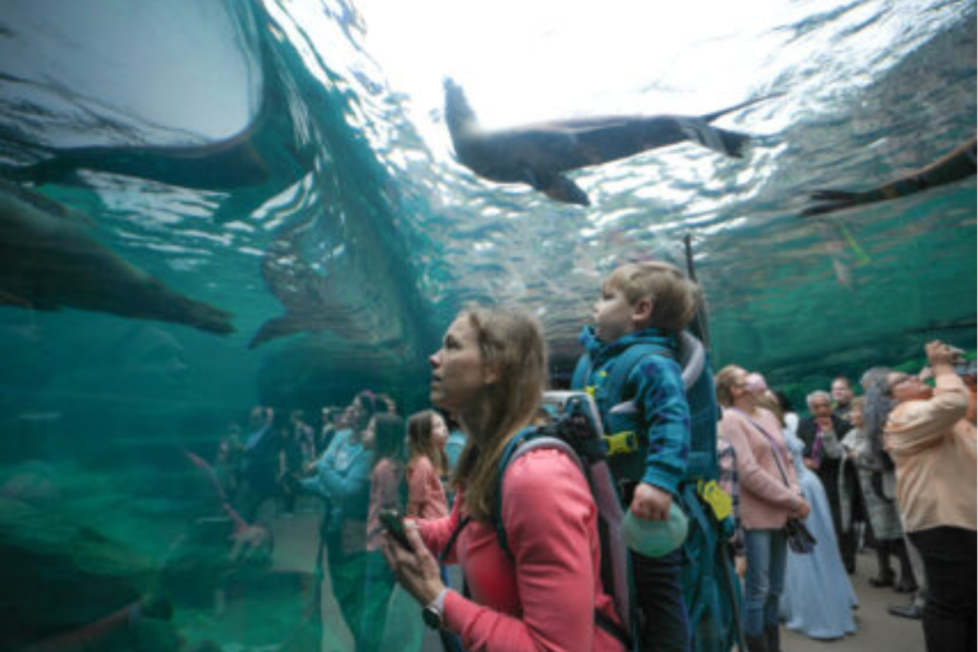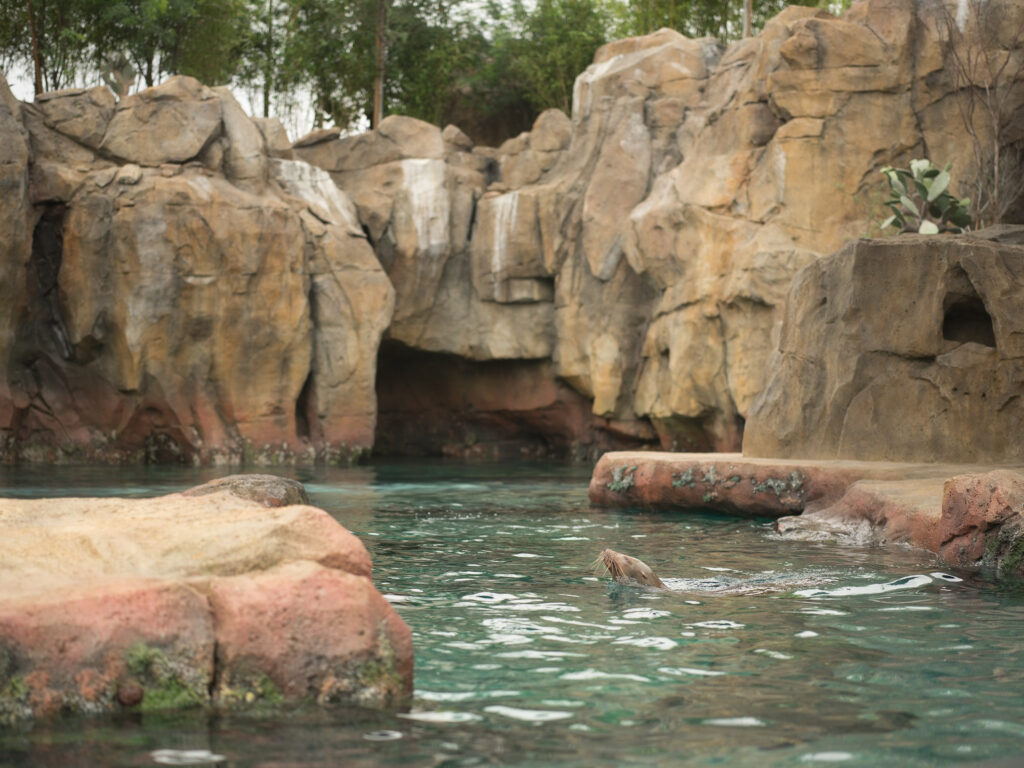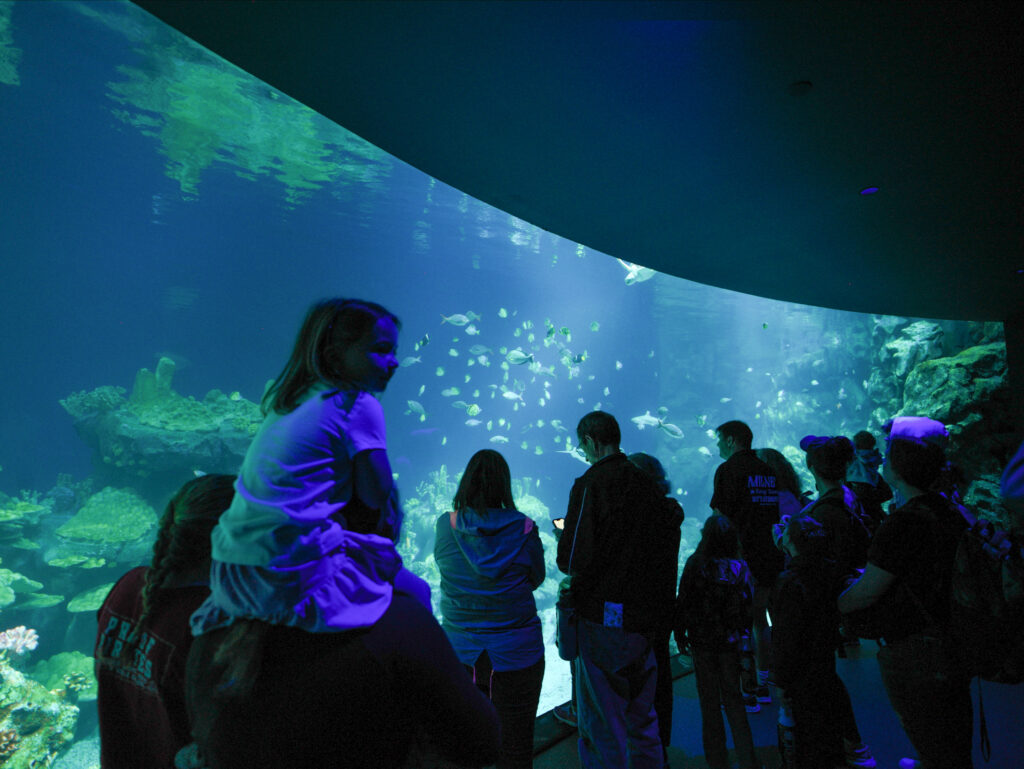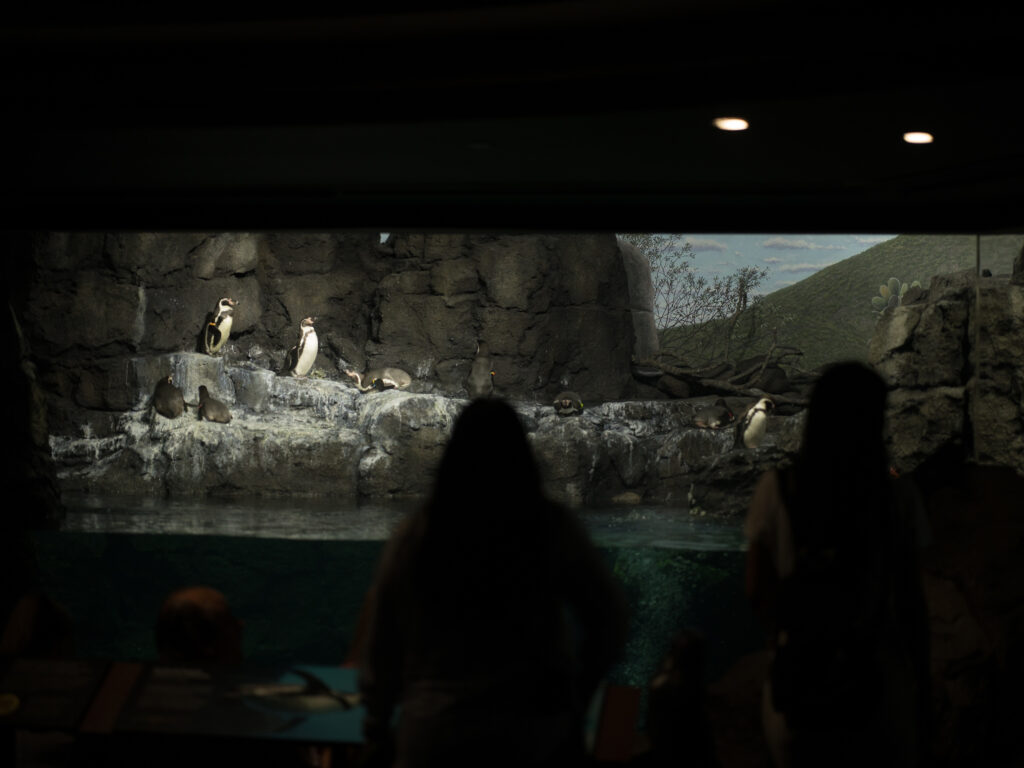Houston Zoo creates first-of-its-kind Galápagos Islands exhibit


The Houston Zoo is the first zoo in the world to build a major conservation-focused exhibit based on the Galápagos Islands.
No other place on our planet better exemplifies the wonders of the unique species, the delicate balance of ecosystems, or the pressing need for conservation more than the Galápagos Islands off the coast of Ecuador.
During the opening ceremony, the General Consul of Ecuador, Alba Coello de Barboza, presented a recognition to the Houston Zoo and expressed gratitude for helping to raise awareness of the importance of wildlife conservation in the Galápagos Islands. Longtime partner organization Charles Darwin Foundation’s executive director Rakan Zahawi traveled from the Islands for the historic event.
Houston Zoo president and CEO Lee Ehmke, Mayor Sylvester Turner, and Harris County Judge Lina Hidalgo shared remarks about how Houston’s role and responsibility to keep our shared ocean clean can have a worldwide impact.









“After years of planning and construction, we can now say that our Houston Zoo is home to the first major Galápagos Islands exhibit in any zoo,” said Ehmke. “With this new exhibit, our more than two million annual guests will learn how our shared ocean connects us to species in the Galápagos, and how our conservation actions here in Houston will lead to healthier oceans worldwide.”
Galápagos Islands at the Houston Zoo opened on April 7, just in time to bring the Zoo’s centennial anniversary to a close. As guests explore the first-of-its-kind exhibit, they become immersed in an environment evoking the archipelago’s unique landscapes and oceanic habitats and highlighting efforts to protect it for the future.
The isolated Galápagos archipelago, off the coast of Ecuador, is among the most interesting places on Earth. About 97% of the reptiles and land mammals, 80% of the land birds, and more than 30% of the plants found there are endemic, meaning they are found nowhere else and among the world’s most endangered species. Most of the animals in the Galápagos Islands exhibit are closely related species and will serve as ambassadors for their Galápagos cousins.
[BEFORE YOU GO!!! Bayou Beat News can also be found in PRINT at a store near you. Click the link below to check out our E-Edition!]
Approaching the exhibit from McGovern Plaza, guests immediately encounter the Sea Lion Coast, a wave-tossed volcanic shoreline where California sea lions sun themselves on dramatic lava cliffs, one of several viewing areas of the sea lions. As guests enter the exhibit, tall cliff walls reveal views of a boulder-strewn volcanic meadow, where giant Galápagos tortoises lumber about, grazing on grasses, or wallowing in muddy puddles. After viewing the tortoise habitat from the outdoor trail, guests move through a crevasse in the lava hillside, entering a vestibule where they will see blue iguanas sunning themselves on the ledges of a rocky outcropping. Blue iguanas in the Caribbean and four species of iguanas found in the Galápagos share similar evolutionary origins and threats to their survival.
Guests then return to the ocean shore, descending into a wave-sculpted sea cave with split-level views of sea lions swimming into the cave or resting on shaded ledges just above the waterline. Colorful Sally Lightfoot crabs are visible in a nearby opening in the rocks, scuttling about in the splashing waves. Moving deeper underwater, guests emerge into a 40-foot-long acrylic tunnel, now fully submerged under the ocean, surrounded by sea lions swimming on both sides and overhead. After hours, these unique spaces can be transformed into magical venues for dinners and other gatherings in air-conditioned comfort.
Leaving the underwater tunnel, guests arrive at a theatrically lighted room with beautiful images of sea life juxtaposed with glass cylinders containing three types of plastic waste that threaten ocean wildlife everywhere. But here, the columns filled with plastic bags, straws and bottles represent the amount of waste not entering the environment as a result of the Houston Zoo’s decision to eliminate the use of these products. A mesmerizing wall aquarium of jelly fish (sea nettles) bring home the message that some animals that prey on jellies (like sea turtles) can mistake floating plastic as jellies, with unhappy consequences,
Turning a corner, a 40-foot span of clear acrylic reveals the breathtaking One Ocean aquarium, appearing to extend indefinitely to the open ocean beyond. The unique coral reef structures of the Galápagos reef and a tumble of volcanic boulders provide niches within the 290,000-gallon habitat, where green sea turtles, blacktip reef sharks, bonnethead sharks, cownose stingrays, and other colorful fish swim and take shelter.
An opening in the lava tunnel wall contains an aquarium featuring giant sea horses (up to 12” in height), colorful sea stars and sea cucumbers. As the lava tunnel floor rises and guests ‘round the corner, playful Humboldt penguins come into view, waddling along a volcanic rock beach, and zooming through the water below, a first-ever for the Houston Zoo. However, they will not have to battle the Houston heat as they will live in a climate-controlled environment where they will be comfortable at a consistent temperature and will be protected from Houston’s mosquitos, which can carry avian malaria.
By visiting the new Galápagos Islands at the Houston Zoo, guests are helping save marine animals in the wild. With funds raised through admission and memberships, the Houston Zoo is able to partner with several Galápagos and marine conservation programs to protect the wild counterparts of the species in the Galápagos exhibit:
Additional Facts
Galápagos Islands at the Houston Zoo is the culmination of the $150 million Keeping Our World Wild Centennial Capital campaign that launched in 2018. Since then, the Zoo has created a series of transformative exhibits, new public amenities, and enhanced public spaces. These projects were completed in a six-year, multi-phase plan across the Zoo’s 55-acre site. With the funds raised from the campaign, the Zoo has opened the Hamill Foundation Black Bear Exhibit (2018), Cypress Circle Café (2018), a renovated orangutan exhibit (2019), and award-winning exhibits Kathrine G. McGovern Texas Wetlands (2019) and South America’s Pantanal (2020). The largest initiative in the campaign is the Galápagos Islands.
